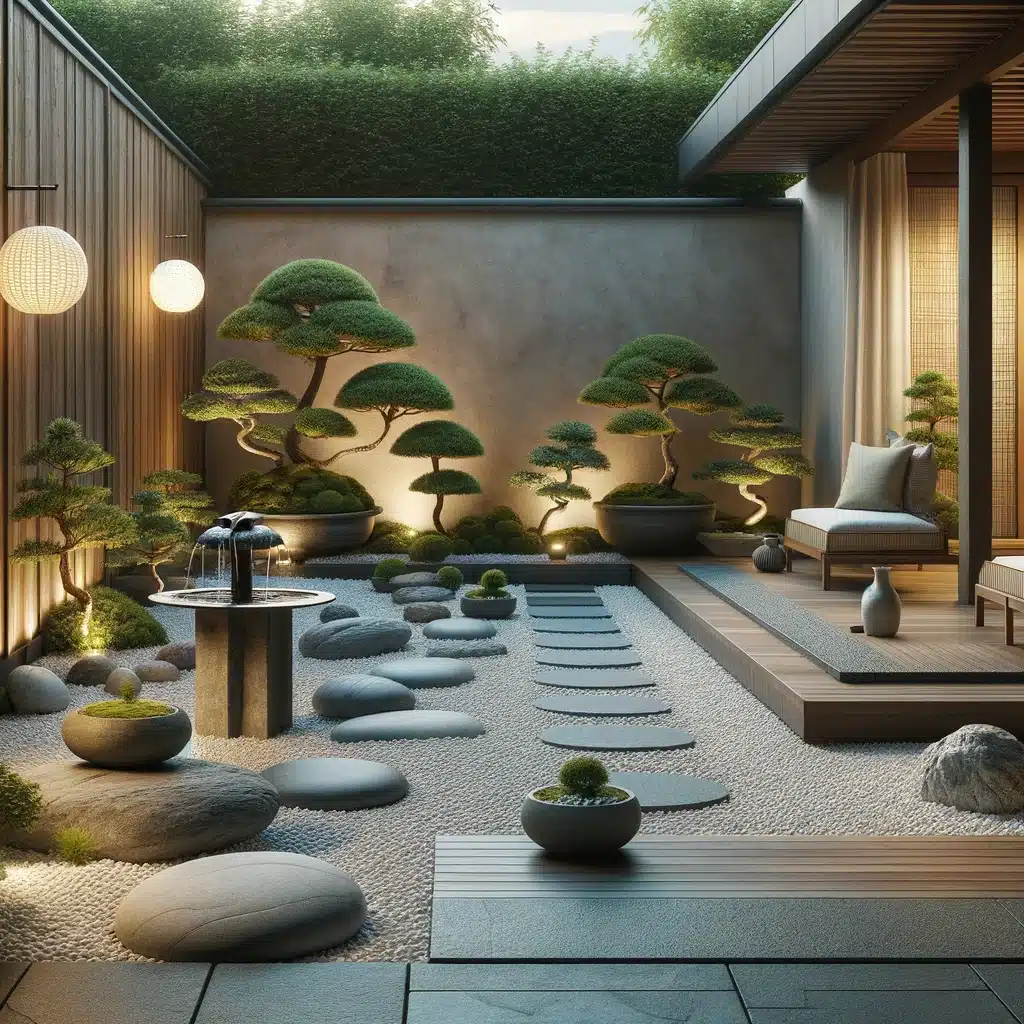Transform Your Outdoor Space into a Sanctuary: Mastering Zen Terrace and Garden Design
Creating a Zen Terrace or Zen Garden in Your Living Space: A Path to Serenity and Inner Peace
Transforming your living space with a Zen terrace or Zen garden is not merely an aesthetic choice but a means to introduce a haven of serenity and inner peace. Drawing inspiration from Japanese tradition, these gardens are crafted to encourage reflection and meditation through the harmony and balance of natural elements. Follow this step-by-step guide to craft your tranquil retreat.
1. Space Planning
Assessing the available space is your initial step. A Zen garden or terrace can be fashioned in vast gardens or modest balconies alike. The essence lies in simplicity and balance, not size. Define your area and consider which elements to include: stones, plants, water, paths.
2. Choosing Elements
Each element in a Zen garden carries symbolic meaning. Stones and rocks signify life's obstacles, while sand or gravel, raked into wave patterns, represents water and the flow of time. Plants, such as moss or bonsai, bring in greenery and life, symbolizing growth and perseverance. Water, whether real or symbolic, is crucial for its calming sound and the representation of change.
3. Design and Layout
Arranging the garden's elements should promote balance and harmony. Begin by placing larger stones as focal points, then add smaller elements around them. Rake gravel into patterns that lead to meditation. Plants should be carefully placed to avoid overcrowding, maintaining an open and light atmosphere.
4. Adding a Water Element
Water can be introduced through small fountains or pools. If space is limited, consider symbolic water representations, such as flat stones or blue gravel. This element encourages calm and focus.
5. Maintenance
A Zen garden requires regular maintenance to preserve its neat appearance and meditative function. This includes pruning plants, cleaning water features, and raking gravel. The latter, especially, is considered a meditative practice in itself.
6. Personalize Your Space
Lastly, personalize your space with elements that hold personal meaning for you. This could include statues, stone lanterns, or even a small bridge. These personal touches add another layer of serenity and meaning to your Zen garden.
Creating a Zen garden or terrace is a reflective process that can bring peace and serenity into your living space. By following these steps, you can transform any outdoor area into a haven of calm and beauty.

